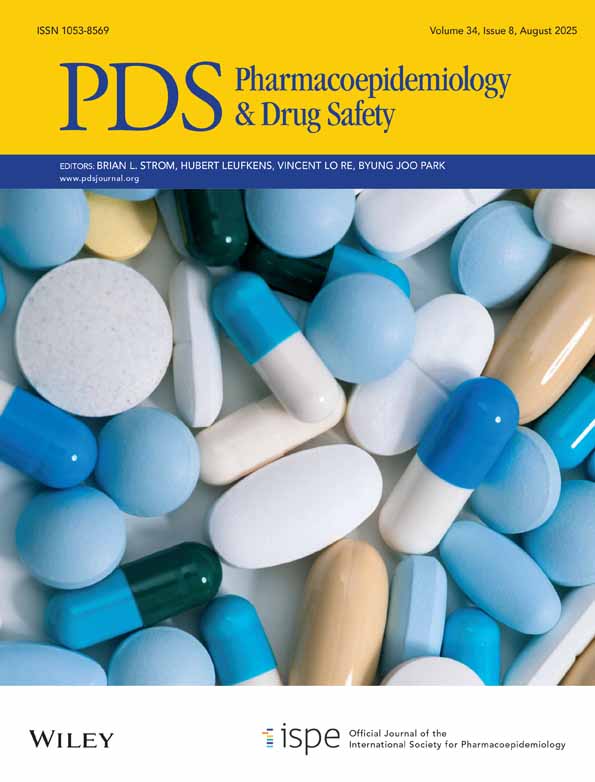Risk of ischaemic cardiovascular events from selective cyclooxygenase-2 inhibitors in osteoarthritis† ‡
MC, DW, NQ, DB, AM and JW were employees of GlaxoSmithKline during the conduct of the analysis. Also, they are current or former GSK employees. MJF is a member of the Department of Epidemiology, University of North Carolina, which receives an educational grant from GSK. NQ is Director of OXON Clinical Epidemiology Limited, which carries out consultancy work for GSK.
Ethical approval: not applicable as all data were provided anonymised.
Abstract
Purpose
Most previous observational studies assessing cardiovascular risk associated with Cox-2 inhibitors (Cox-2is) used a case control approach, limiting the assessment of absolute risk by disease group and effect of duration of exposure. We conducted a retrospective cohort study in patients with osteoarthritis.
Methods
Using the Life-link US claims database, all subjects had at least five years history in the database. Exposure was defined as the first chronic period of Cox-2i (celecoxib, rofecoxib or valdecoxib) or naproxen use. Non-users and non-chronic users of non-steroidal anti-inflammatory drug (NSAID)/Cox-2i within the osteoarthritis cohort served as the reference. The primary outcome was myocardial infarction and ischaemic stroke.
Results
A cohort of 16 580 subjects were chronically exposed to celecoxib, 9800 received rofecoxib, 2907 received naproxen and 51 539 were non-chronically exposed controls. With a median follow up of 506 days, there were 2116 ischaemic events for the entire cohort. The strongest predictors of AMI/ ischaemic stroke risk were history of ischaemic stroke (HR 2.34, 2.12–2.59) and age 65+ years (HR 2.28, 2.07–2.52). For rofecoxib, (HR 1.25,1.04–1.50), the attributable risk varied from 3 per 1000 patients years in individuals aged under 65 years with no history of CVD to 19 per 1000 patients years in older individuals with a history of CVD. The hazard ratios did not change over time. Celecoxib and naproxen were not associated with increased risks.
Conclusions
The attributable risk for rofecoxib varied substantially with the underlying cardiovascular risk profile, being lower in clinical trial than in clinical practice populations. Copyright © 2008 John Wiley & Sons, Ltd.




